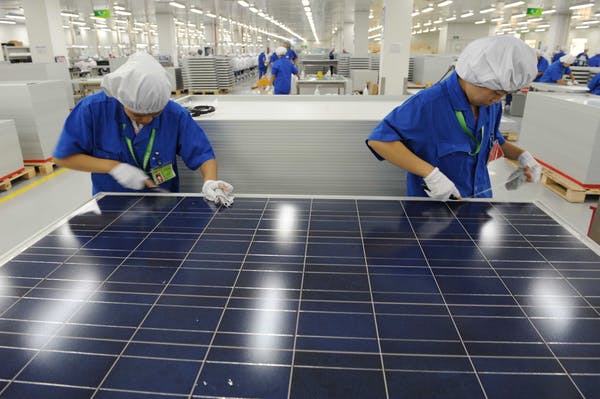
With the power of this new solar energy technology, the renewable energy market can get even better in Brazil, find out why!
The demand for cheaper, greener energy means the energy landscape is changing faster than at any time in history. This is particularly true of solar powered electricity and battery storage. The cost of both has dropped at unprecedented rates over the past decade, and energy-efficient technologies such as LED lighting have also expanded.
Read also
- Offshore wind energy investment quadruples despite economic downturn caused by Covid-19
- More investments for Brazil! R$ 13,5 billion will be invested by CPFL Energia until 2024
- Porto do Açú is highlighted in the media and will become the largest gas complex in the country
- Federal government signs term to provide electricity from solar energy to 42 people in remote regions of the Amazon
Accessibility of solar energy
Access to cheap, ubiquitous solar energy and storage will transform the way we produce and use energy, enabling the electrification of the transportation sector. There is potential for new chemical-based economies, where we store renewable energy as fuel and support new devices that constitute an “internet of things”.
Manufacturing each solar energy panel requires a fair amount of energy and factories are expensive to build. And while the cost of production could be cut a little further, the costs of a solar installation are now dominated by the extras – installation, wiring, electronics and so on like every renewable energy process.
A new look at solar energy – Perovskites Halide
A lab in Cambridge, England, is working on a promising new family of solar energy materials like perovskites of halide. When sandwiched between electrode contacts, these films make solar cells or LED devices.
Surprisingly, the color of the renewable energy light they absorb or emit can be changed simply by tweaking their chemical structure. By changing the way we grow them, we can adapt them to be better suited to absorb light (for a solar panel) or emit light (for an LED).
This allows us to make solar cells and LEDs of different colors, emitting light from ultraviolet to visible and near-infrared. Although the first studies are already emerging, there are still challenges. An important issue with renewable energy is demonstrating long-term stability. But the research is promising and once resolved, halogenated perovskites could really drive the transformation of our energy production and consumption.













And the battlefield, all that matters is victory...
"Friendly nation" I don't believe you can…
The potential of this research and…
There is already a language translation app…
Developed countries now need a helping hand…
I've never seen a website publish so much zucchini...
It must be sold to the Australians, nation…
Much better than playing a lot…